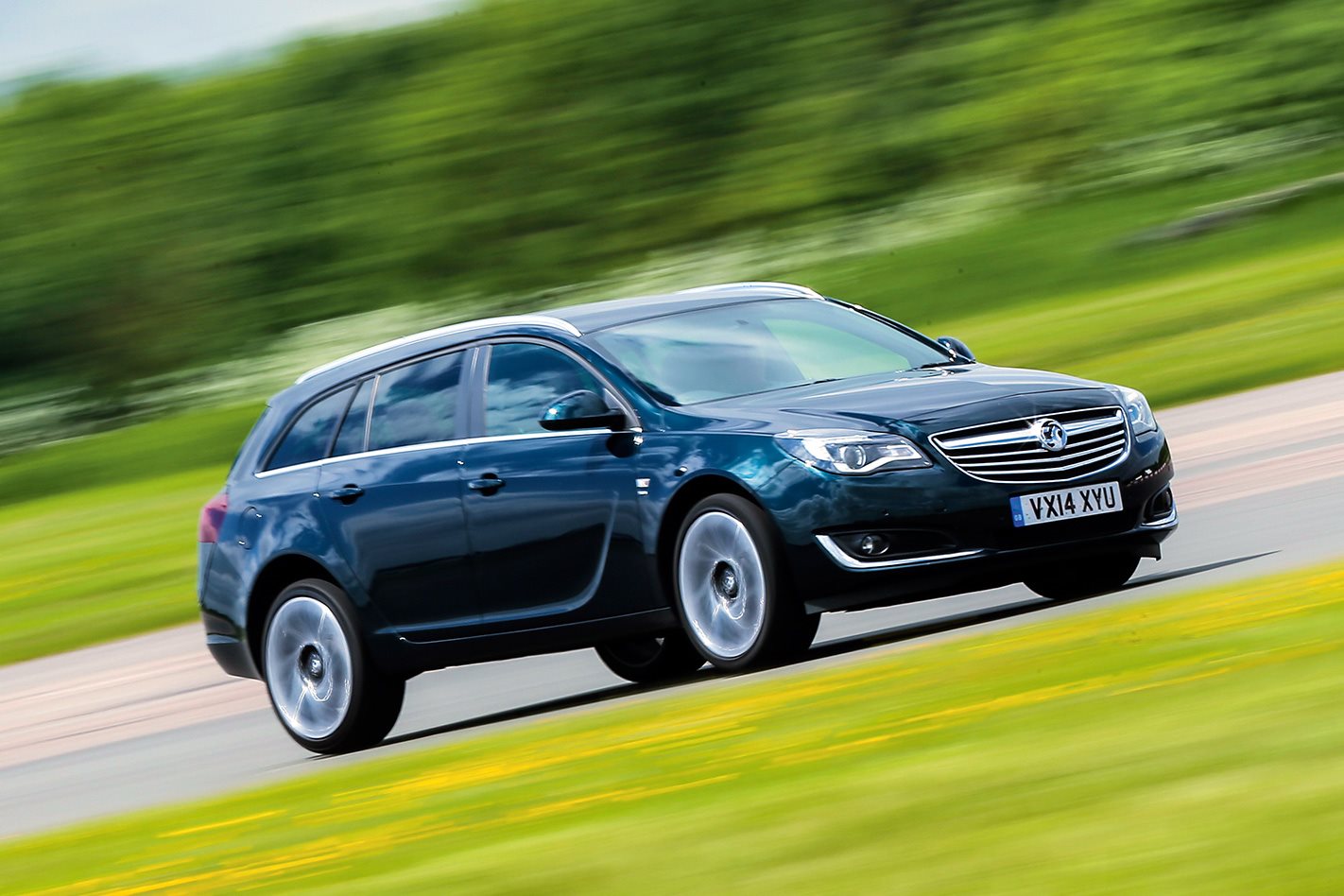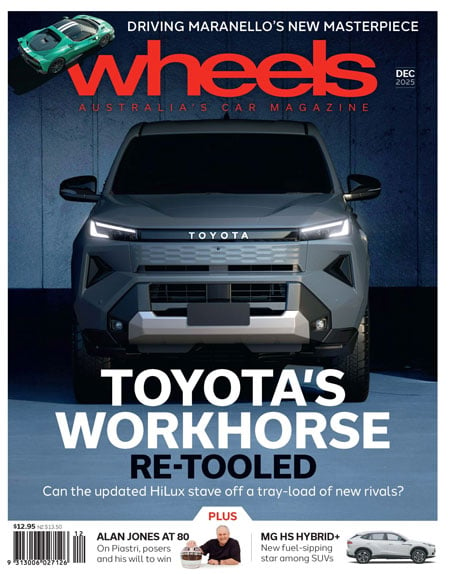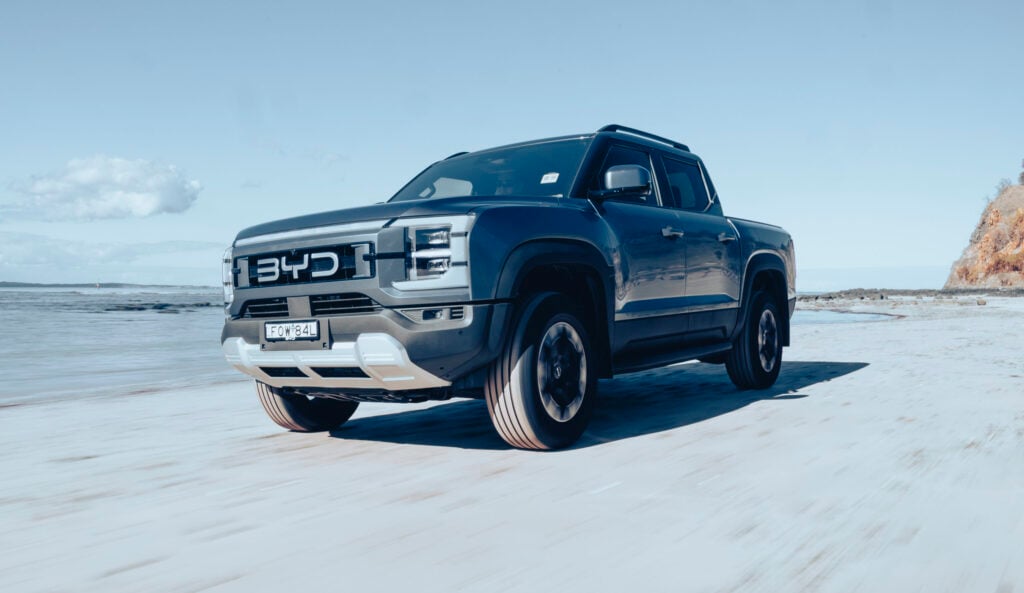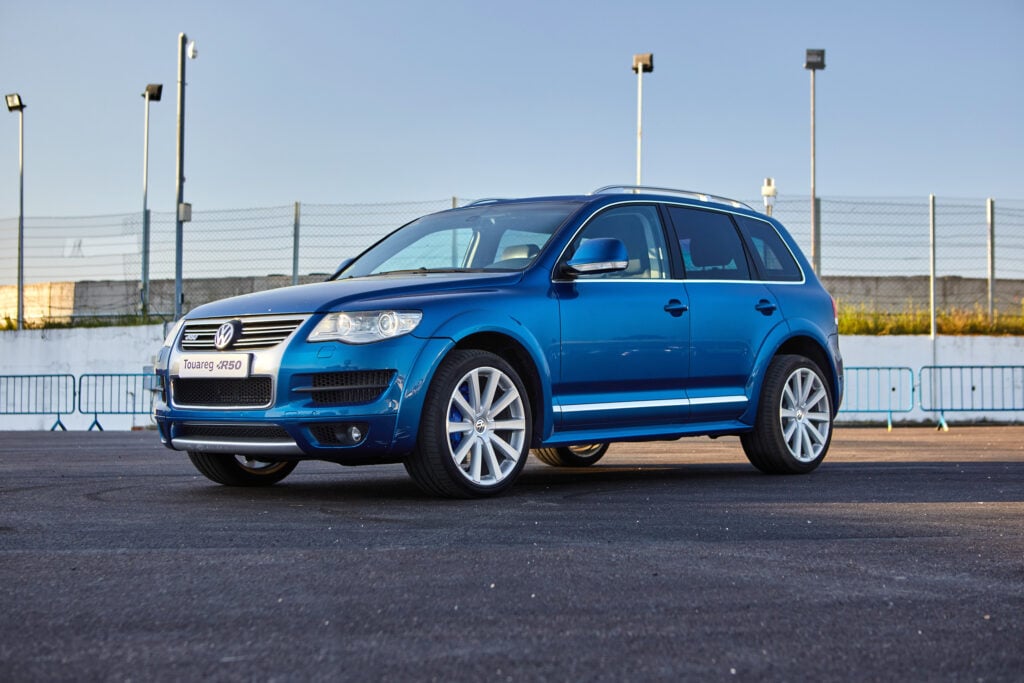What if I told you that a man who has trained more than half of the current Formula 1 driver grid does so on a bleak airfield in the English Midlands around some cones he drops out the door of a Vauxhall Insignia wagon?
Yeah, that’s what I’d have thought, too. But here we are, at Bruntingthorpe Proving Ground, Leicestershire, to meet a former racing driver from En Zed, Rob Wilson.
Wilson’s racing CV is pretty good: he started in formula cars, briefly drove IndyCars and was the first non-American/Canadian to race semi-regularly in NASCAR. Later, he moved towards sports and endurance races, including Le Mans, Bathurst and Daytona. But within racing, Wilson is now better known for what he does in a Vauxhall estate: making today’s fast drivers go faster.
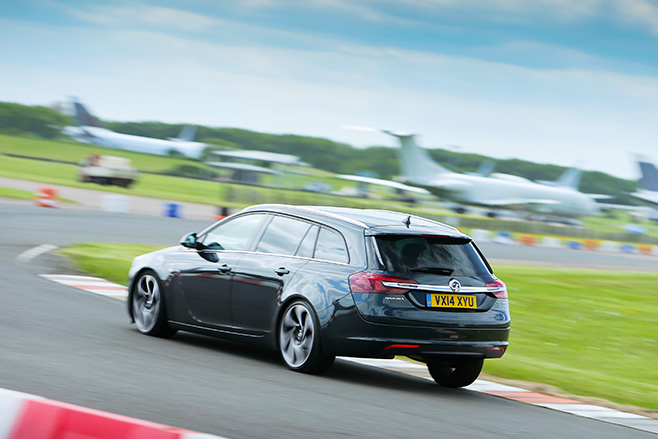
The truth is, fast drivers do take coaching, sometimes off their own bat and sometimes at their team’s behest. And as often as not, Wilson is the one they turn to. Wilson’s training days start late, over a cup of tea, informally in Bruntingthorpe’s offices. He tells you how it’s going to go and gives some theory behind going fast.
I’ve spent time with driver coaches before who are keen to just tell you who they’ve coached. They talk quickly and aggressively and don’t take questions well. Wilson isn’t like that. He’s calm and eloquent and listens to questions. Within, oh, about a minute, I know I’m in the company of someone who understands not just the racing lines of a specific circuit, but the whole theory of speed – someone who understands physics.
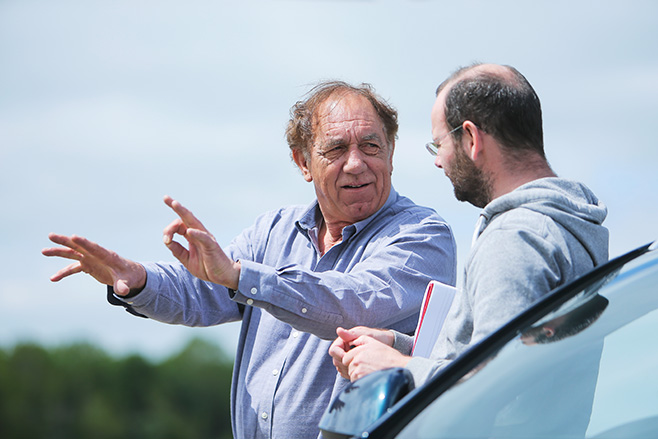
And it doesn’t take a racing car on a specific circuit to learn it. In fact, the advantage of a four-seat family car is that an engineer can ride along, too, and feel the body movements Wilson would like them to understand – movements that might not even show up on telemetry.
Some basics, then. Wilson doesn’t just tell you “smooth is fast”, because although broadly that’s true, it’s rather more complicated than that – and he might want you to be a touch more assertive with the car later.
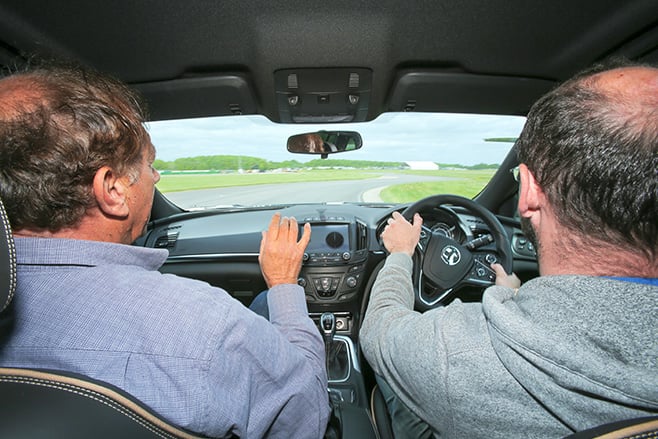
Then we walk part of the track so that Wilson can show what he means. He points out surface imperfections and lumps to avoid. He says there might be “1000kg of load” on the wheels and that “every time you hit a bump, you take 200kg off, then re-apply it”. You can see pockmarks, a few yards after a bump, caused exactly by this, as tyres in effect land again.
Ditto with downshifts: if you can feel it, even barely, weight is shifting and affecting a car’s ability to slow effectively. Engineers have smoothed downshift patterns, and drivers leave downshifts to the last minute, to smoothen – and shorten – the braking zone.
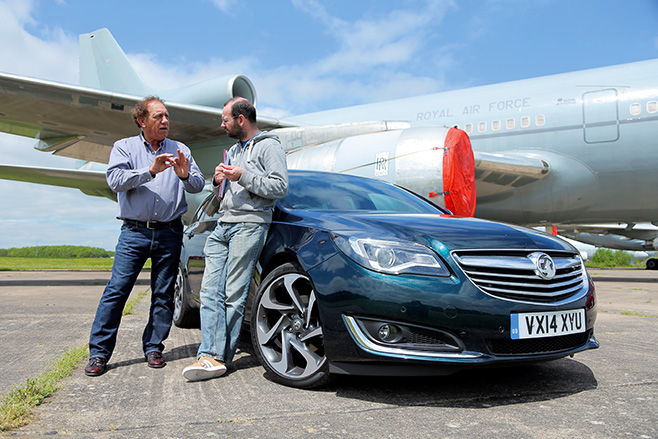
Ideally, the wheels will be under-rotating – that is, travelling slower than the speed of the car – by around three to five per cent under braking. “More than that is a lock-up”, and you’d be trailing the brakes in, slowly bleeding off the brake pedal as you turn, so that you don’t overload the tyres, right up to the point where their speed matches the road speed near the apex.
It’s around the apex where Wilson’s theories are at their most interesting. In historic racing, on rock-hard tyres that gave their best while sliding, the highest mid-corner speed possible via a long drift was fast. Today, when you must manage tyre temperatures and are looking for maximum traction, that might not be so.
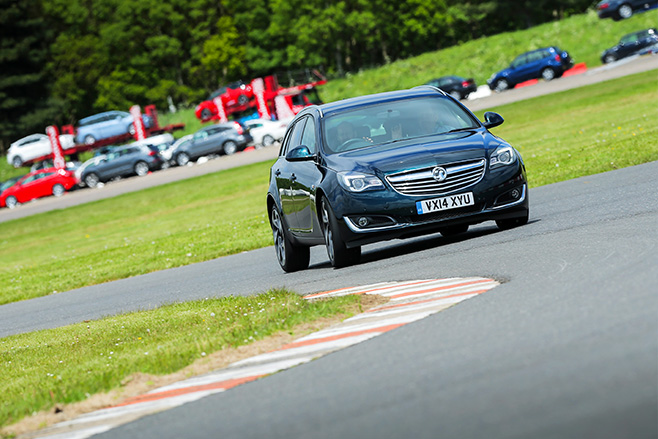
You might take the load “from 800kg to 1000kg” in that moment around the apex, but it’ll turn you more to help you create “a flat patch”, where the car is settled side to side. And a car with precious little lock applied and a settled weight balance will accelerate more quickly than one that’s still on the ragged edge on the way out of a corner, accelerating while on the limit of lateral adhesion and scrubbing with perhaps 300kg of load on its outer tyres, which it is busily overheating. Wilson talks about flat patches a lot. It’s a good thing.
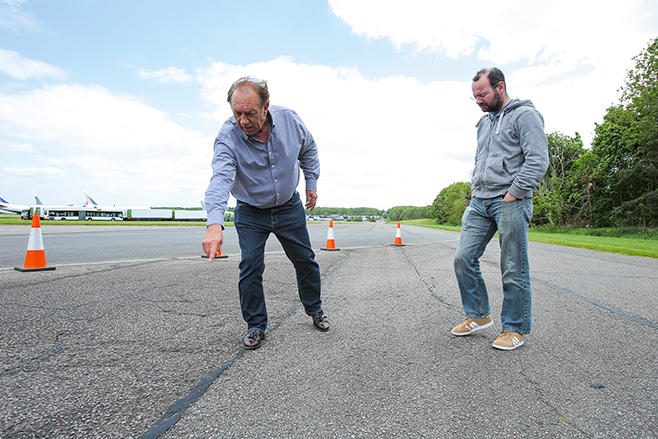
And it’s in these little details – there are more, lots more – where Wilson describes fast driving as “becoming a craft”. It is one thing to know all this, quite another to be able put it into practice, which is, I suppose, what separates really fast drivers from the likes of us. Even if they don’t like to talk about it!

